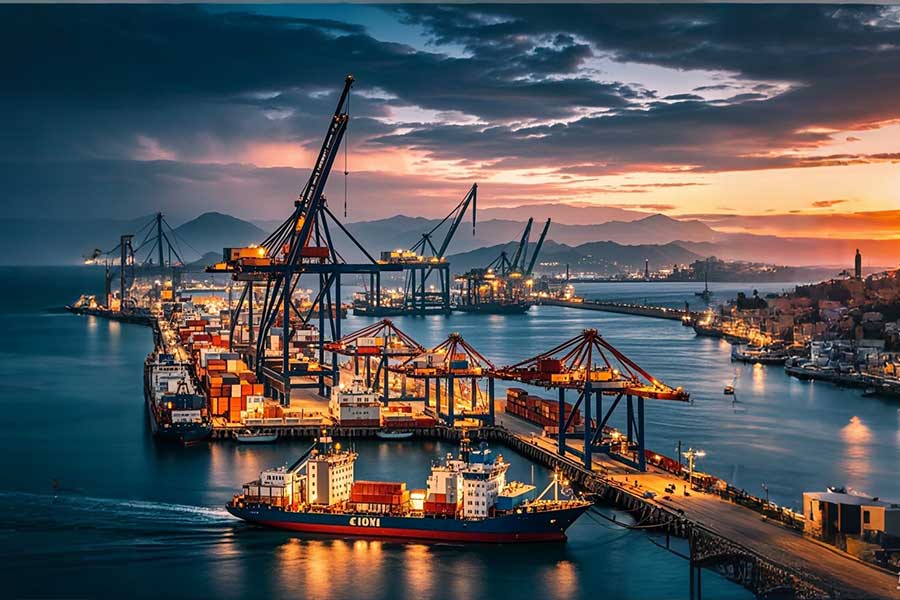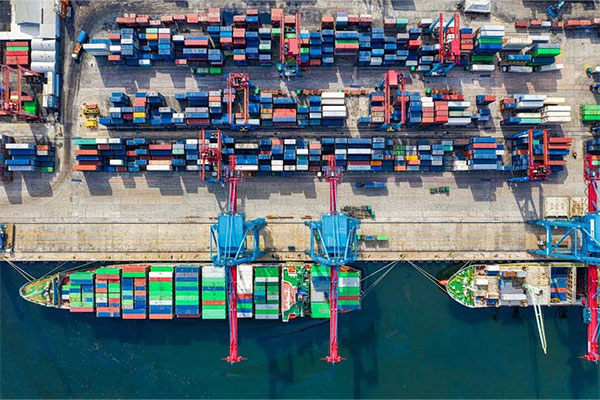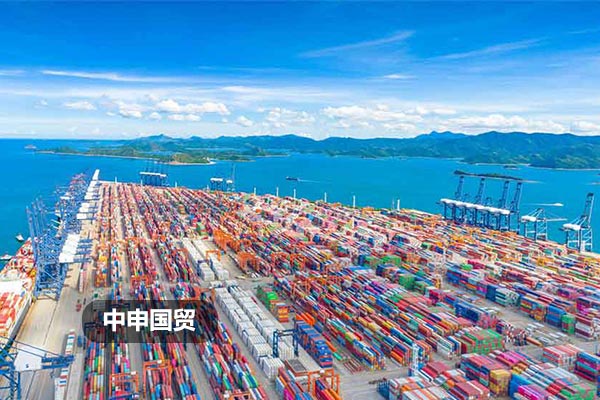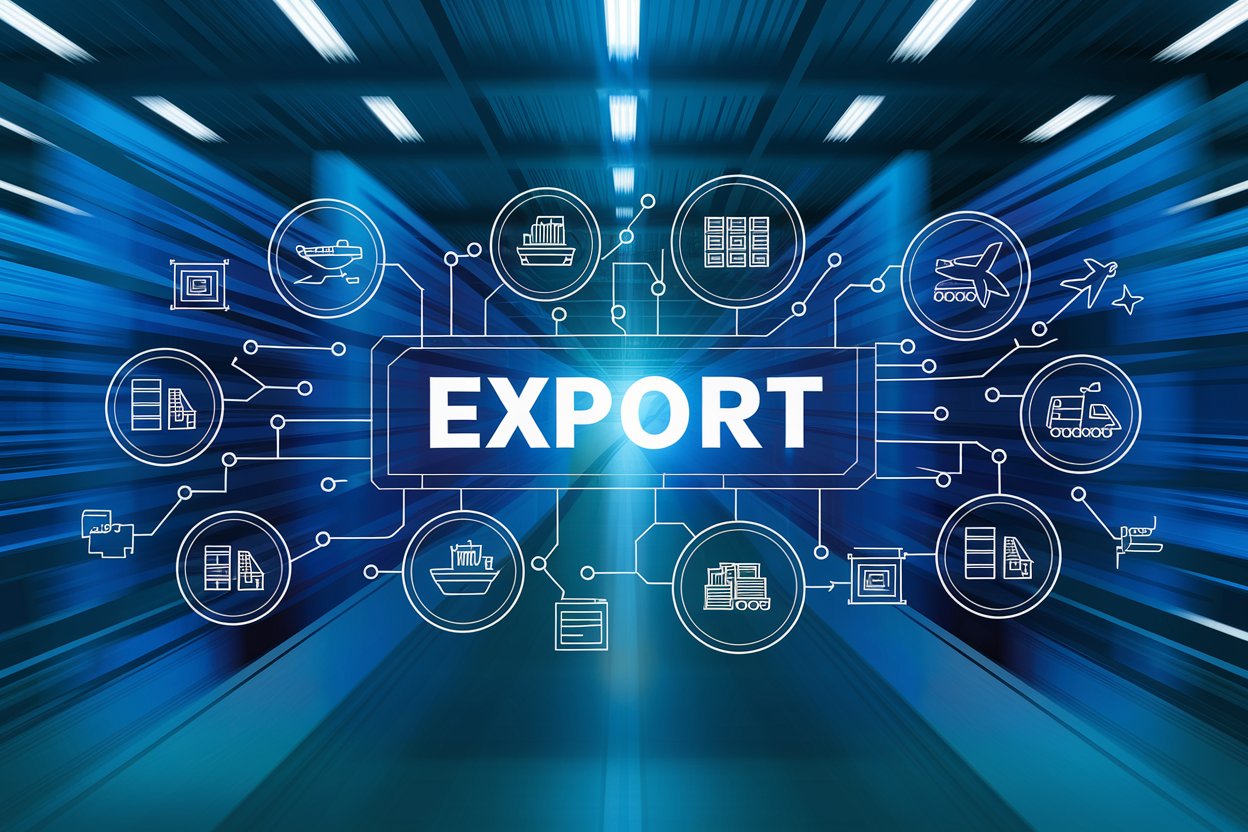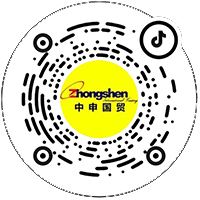- 20 Years of Expertise in Import & Export Solutions
In international trade, exporting lathe tools containing tungsten, such as milling cutters and drill bits, can often be a bit tricky. Products with materials like YL12.2 often raise customs control questions because they involve tungsten, a rare metal. Don't worry, today we'll discuss this topic, from control lists to practical operations, to help you clarify your thoughts and easily handle the export process.

Dual-Use Item Control List: Tungsten-related Descriptions
The control of dual-use items mainly targets materials and products that can be used for both civilian and military purposes. For tungsten, the list has clear descriptions, primarily focusing on purity, shape, and use. For example:
- Solid tungsten (excluding particulate or powder forms): Includes tungsten and tungsten alloys (tungsten content ≥97%), tungsten-copper (tungsten ≥82%), and tungsten-silver (tungsten ≥82%, silver ≥2%).
- Can be processed into specific products: Such as cylinders with a diameter ≥122mm and length ≥52mm; tubes with an inner diameter ≥65mm, wall thickness ≥25mm, and length ≥52mm; or blocks with dimensions ≥122mm×122mm×52mm.
- Tungsten-related materials: Such as ammonium paratungstate, tungsten oxide, tungsten carbide, etc.
If your tools are finished products and cannot be reprocessed into the shapes mentioned above, they are usually not subject to control. However, customs will carefully inspect the material composition and use during enforcement, so it is important to have the relevant supporting documents ready.
Minor Hiccups in Actual Operations
When exporting tungsten-containing tools, customs is becoming increasingly strict in checking rare metals. For example, some alloy tools get stuck at the customs declaration stage when shipped by?Air freight?, requiring detailed composition data and certificates. A delay of half a month is common, and you may end up having to go throughGlobal Logistics, and for products valued at tens of thousands of US dollars, it's not unusual to pay taxes of thirty or forty thousand RMB at the destination port. If a trading company orders from a factory and knows nothing when asked during customs declaration, problems are more likely to arise. It is recommended to prepare material certificates and statements of purpose in advance to avoid unnecessary delays.
Official Clarification: Which Products Are Not Controlled
The good news is that according to the relevant regulations of the Ministry of Commerce, many finished products containing tungsten are not within the scope of dual-use item control. Specifically, these include:
- Sintered metal tungsten carbide, tungsten carbide plates (blocks, rods, balls), tungsten carbide cermets, tungsten carbide alloy powder, tungsten carbide scrap.
- Hard alloy drill bits, blades, etc., made of tungsten carbide.
- Polycrystalline diamond compacts (PDC).
- Tungsten hooks (including tungsten steel), stamping dies (including tungsten steel), milling cutters (including tungsten steel).
- Tungsten wire.
The export of these products is relatively smooth, without worrying about additional controls. But rules are rigid while enforcement can be flexible; customs may ask a few more questions based on the actual situation, but providing complete documentation will get you through.
Export Tips: How to Operate Smoothly
Want to make the export process smoother? Here are a few practical tips:
- Verify in advance: Confirm whether the product is on the control list, and prepare a material analysis report and a statement of purpose.
- Choose logistics: Air freight gets stuck easily? Try?Ocean shipping?or international logistics. It may be slower, but it's more reliable.
- Have complete documentation: Composition content, factory certificates—have everything ready to avoid repeated inquiries from customs.
- Consult a professional: When in doubt, consult a freight forwarder or customs to save time and effort.
Although exporting tungsten-containing tools has its minor challenges, once you've mastered these key points, it's not so troublesome. I hope these shares make your trade journey smoother and your business prosperous!
Recommended for You
- How to Avoid Compliance Risks When Exporting Equipment via a Foreign Trade Agent?
- How to Build a High-Performance Equipment Export Team? These Three Dimensions Determine Success
- How to Avoid Hidden Risks in Equipment Leasing Import & Export?
- How exactly should the export agency fee for 3 million devices be calculated?
- How to Choose an Export Equipment Customs Broker? Avoid These 5 Pitfalls to Save Millions in Costs
Category Case
Contact Us
Email: service@sh-zhongshen.com
Recommended for You
Contact via WeChat
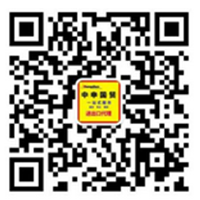
? 2025. All Rights Reserved.
